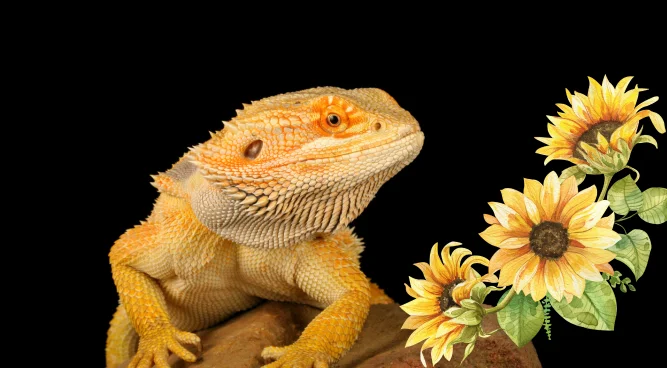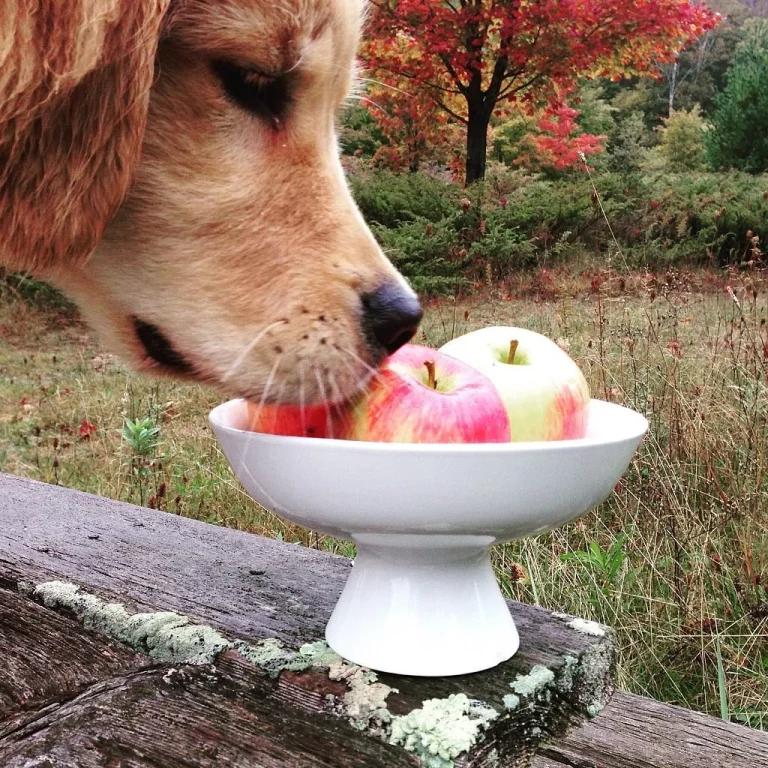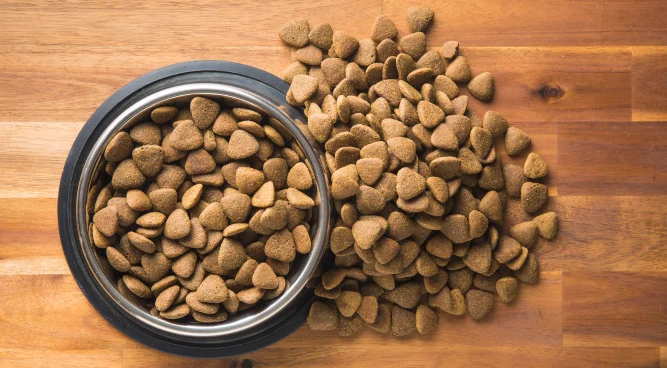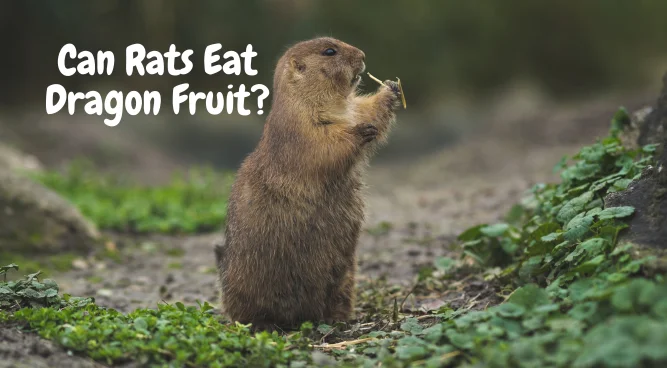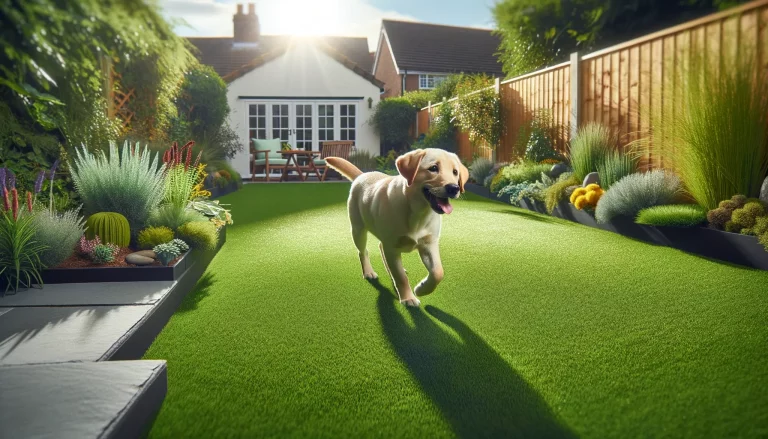Unveiling the Enigma of Red Bearded Dragons: A Comprehensive Care Guide
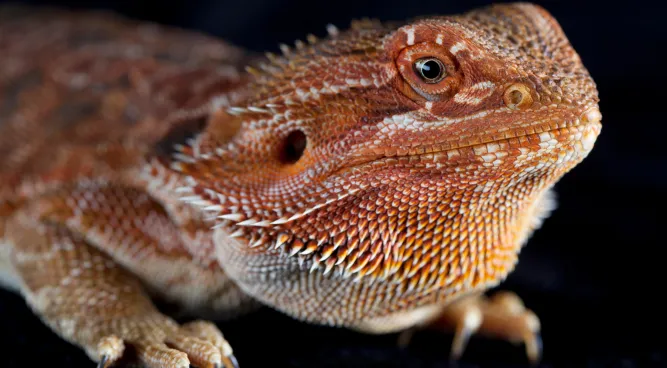
Table of Contents
Introduction:
Uncover the allure of Red Bearded Dragons in our in-depth care guide. Explore their vibrant hues, discover their compatibility as pets, and master the art of providing them with a thriving habitat. Whether you’re a novice or an experienced reptile keeper, our guide has you covered.
Delve into the captivating world of red-bearded dragons with our comprehensive care guide. From their striking appearance to their docile temperament, learn how to provide these mesmerizing reptiles with the care they deserve. Whether you’re a seasoned reptile enthusiast or a beginner, this article will unravel the secrets of raising and nurturing these unique creatures.
Quick Facts About Red-Bearded Dragons
Are you curious about the captivating world of red-bearded dragons? These enchanting creatures are a sight to behold with their stunning red hues and distinctive features. Let’s dive into some quick facts that will give you a better understanding of these remarkable reptiles.
- Appearance: Red bearded dragons, scientifically known as Pogona vitticeps, are a color morph of the popular bearded dragon species. Their name comes from the flap of skin under their throats, which they can puff up to resemble a beard.
- Vibrant Coloration: As the name suggests, these dragons boast a rich red coloration, which can range from a deep terracotta to a bright fiery hue. This captivating coloration is a result of specific genetic traits.
- Size Matters: On average, red-bearded dragons grow to about 18 to 24 inches in length, including their tail. They start as adorable little hatchlings and gradually reach their full size over a year or two.
- Lifestyle and Habitat: Native to the arid regions of Australia, these reptiles thrive in desert-like environments. In captivity, they require a spacious enclosure with proper heating, lighting, and substrate to mimic their natural habitat.
- Temperament: While individual personalities can vary, red bearded dragons are generally known for their docile nature. They can become quite accustomed to human interaction with proper handling and care.
Do Red Bearded Dragons Make Good Pets?
If you’re considering a red bearded dragon as a potential pet, you’re in for a treat. These captivating reptiles can make wonderful companions, provided you’re willing to invest time and effort into their care.
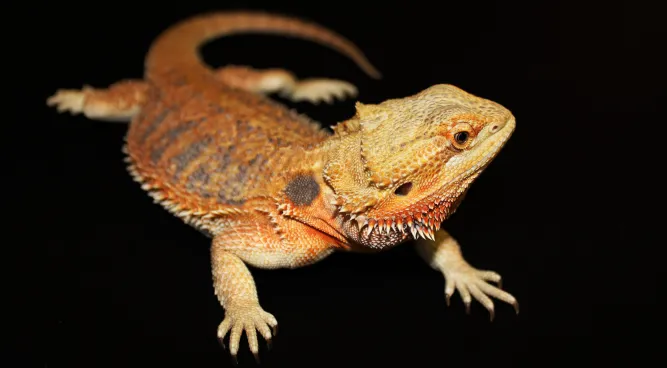
These dragons have a charm that’s hard to resist. With their striking red color and endearing personality, they can quickly become the centerpiece of your reptile collection. However, it’s important to remember that they require commitment and attention.
How to Take Care of Red Bearded Dragons
Caring for a red bearded dragon requires a bit of knowledge and a lot of dedication. Here are some essential pointers to ensure your scaly friend lives a happy and healthy life:
Creating the Perfect Enclosure
Your red bearded dragon’s habitat is crucial for its well-being. A spacious enclosure with proper heating and lighting is essential. Provide a basking area with a heat lamp to simulate the sun’s warmth and a cooler side for your dragon to retreat to.
Providing a Nutritious Diet
A balanced diet is essential to keep your dragon thriving. Offer a variety of insects, such as crickets, mealworms, and dubia roaches, along with leafy greens and vegetables. Remember to dust their food with calcium and vitamin supplements to prevent nutritional deficiencies.
Maintaining Hygiene
Regular cleaning of your dragon’s enclosure is a must. Remove waste, clean surfaces, and replace substrate as needed. This not only keeps your pet healthy but also prevents odors and potential infections.
Feeding Your Red Bearded Dragon
Feeding your red bearded dragon is a delightful endeavor that allows you to witness their natural hunting instincts. As omnivores, their diet should consist of both insects and plant matter. Here’s how you can ensure they get the best nutrition:
Variety is Key
Offer a diverse range of insects to ensure a balanced diet. Crickets, roaches, and phoenix worms are excellent sources of protein, while leafy greens like collard greens, kale, and dandelion greens provide essential vitamins.
Gut Loading and Dusting
Before feeding insects to your dragon, make sure they’re well-fed themselves. This process, known as gut loading, transfers essential nutrients to your pet. Additionally, dust the insects with calcium and multivitamin supplements to provide extra nutrition.
Keeping Your Red Bearded Dragon Healthy
Ensuring the health and well-being of your red bearded dragon requires vigilance and proactive care. Here are some tips to help you maintain their vitality:
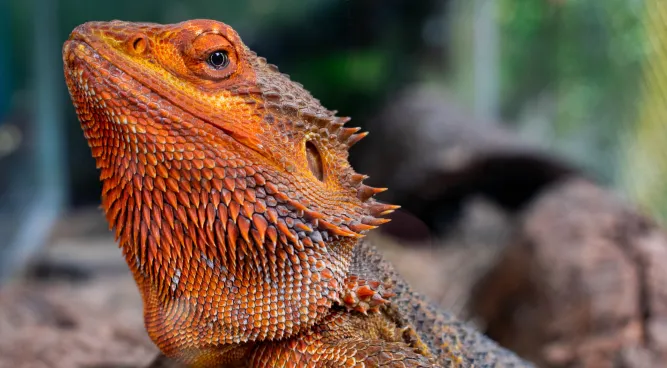
Regular Vet Visits
Just like any other pet, regular visits to a reptile-savvy veterinarian are essential. These check-ups can catch potential health issues early and ensure your dragon is growing and thriving as it should.
Monitoring Behavior
Pay close attention to your dragon’s conduct. If you note any changes in urge for food, power tiers, or restroom behavior, it may be a sign of an underlying fitness problem. Prompt movement can make a full-size difference in their recovery.
Are Red Bearded Dragons Friendly? Our Handling Advice
Red bearded dragons have a popularity for being friendly and docile creatures. However, like all pet, their temperament can vary based on factors that includes genetics and socialization. Here are a few recommendations for handling those enchanting reptiles:
Start Slowly
If you’re introducing a new red bearded dragon to your home, give them time to acclimate to their surroundings before attempting to handle them. Gradually introduce your presence by spending time near their enclosure.
Gentle Approach
When you’re ready to handle your dragon, approach them calmly and gently. Be sure to support your body and avoid sudden movements, which can startle them. Great post to read about walmart dog beds.
How Much Do Red Bearded Dragons Cost?
Owning a red bearded dragon comes with some costs beyond their initial purchase. While prices can vary, here’s a general breakdown of potential expenses:
- Initial Cost: The cost of acquiring a red bearded dragon varies based on factors like coloration and breeder reputation. On average, you might expect to spend around $100 to $300 for a hatchling.
- Enclosure Setup: Creating an appropriate habitat requires an investment in heating lamps, UVB lights, substrate, decorations, and more. This setup can range from $200 to $500 or more.
- Feeding and Supplements: Ongoing costs include providing a varied diet of insects and greens, as well as calcium and vitamin supplements. This might add up to around $20 to $50 per month.
- Veterinary Care: Regular check-ups and potential medical expenses should be factored in. Budget around $50 to $100 per visit.
FAQs
Are Red Beardies Rare?
Red bearded dragons, while not extremely rare, are less common compared to other color morphs. Their vibrant red coloration makes them sought after by reptile enthusiasts.
How Much Is A Red Bearded Dragon?
The cost of a red bearded dragon can vary depending on factors like breeder reputation and color intensity. On average, they can range from $100 to $300.
Can Bearded Dragons Be Red?
Yes, bearded dragons can exhibit red coloration, and the red bearded dragon is a specific color morph known for its stunning shades of red.
How Often Do Red Bearded Dragons Eat?
Young red bearded dragons require daily feedings, consuming insects and greens. As they grow, the frequency decreases to every 2-3 days for insects and daily greens.
Table: Red Bearded Dragon Essentials
| Aspect | Information |
| Scientific Name | Pogona vitticeps |
| Average Size | 18 to 24 inches |
| Lifespan | 8 to 12 years |
| Diet | Insects, leafy greens, vegetables |
| Habitat | Desert-like environment |
| Enclosure Requirements | Heat lamp, UVB light, spacious setup |
| Temperament | Generally docile and friendly |
| Initial Cost | $100 to $300 (average) |
| Monthly Care Cost | $ |

